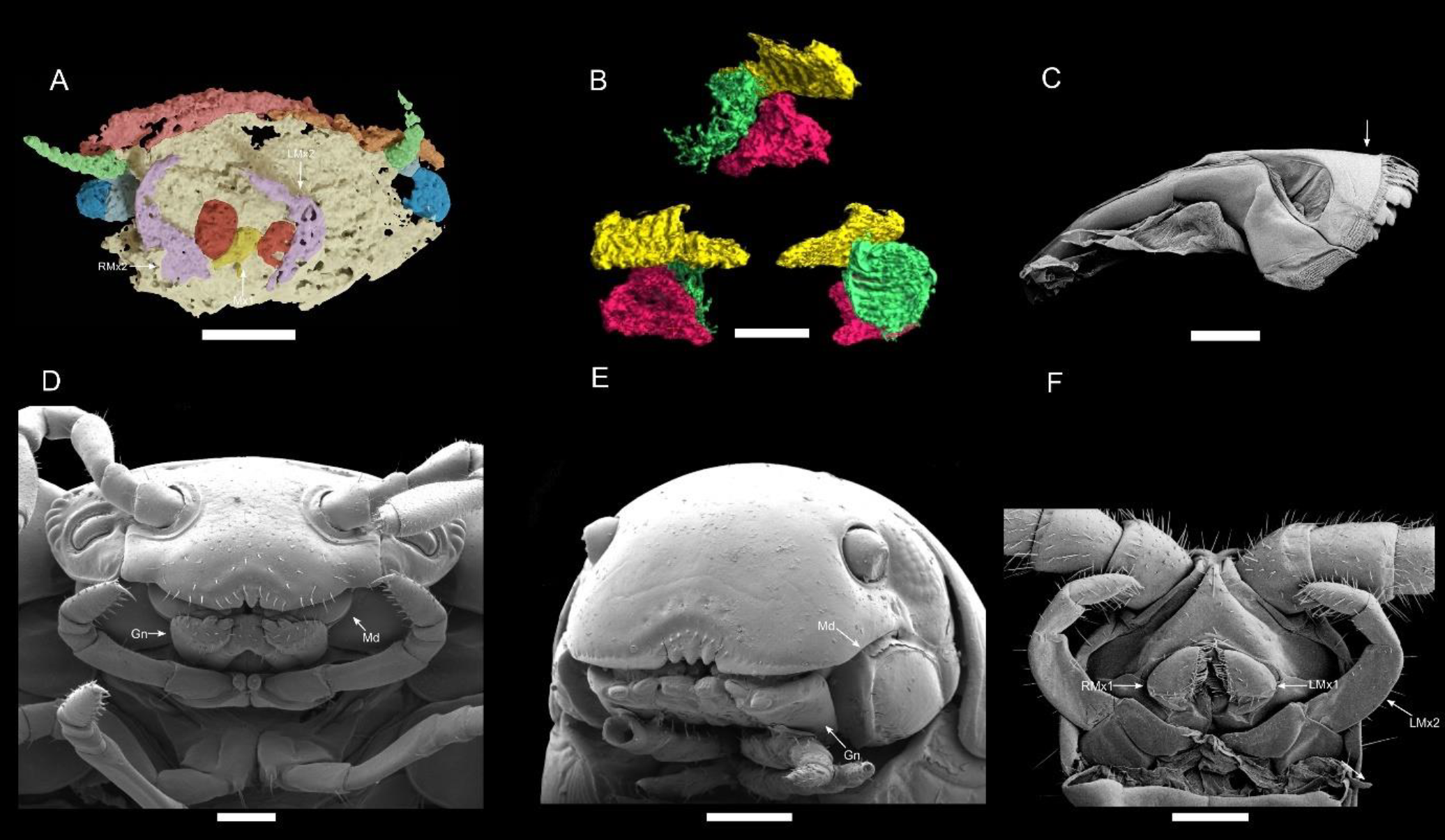For the 170 years that scientists have been aware of Arthropleura, a genus of the biggest arthropods ever known to have existed, there’s been a key question that has remained unanswered: what did their heads look like? Now, thanks to some newly discovered fossils, they’ve finally solved the mystery.
Arthropleura was a millipede-like critter that lived between around 346 and 290 million years ago in the forests of what would later become North America and Europe. This was a period typified by big bugs, and Arthropleura was no different, believed to have reached up to 2.6 meters (8.5 feet) in length. This makes it the biggest arthropod ever to have lived – unsurprisingly, that’s made it pretty popular, going so far as to feature in multiple TV shows.
However, when Arthropleura starred in such shows, there was one part of its appearance that required some guesswork – its head. No one really knew what its noggin looked like. Only a few specimens with heads had ever been found, and even those didn’t have all the characteristics scientists wanted to know more about, like antennae and particular mouthparts.
That’s where some fossils of juvenile Arthropleura discovered in the Montceau-les-Mines Lagerstätte in eastern France came in. The remains of these young bugs were found with their heads intact, meaning scientists could finally get a detailed look.
They did so using X-ray micro-computed tomography, a technique that generates several X-ray cross-sections that can be layered up to create a 3D model – all without destroying the fossil.

The 3D model of Arthropleura’s head compared to living millipedes and centipedes.
The 3D model revealed not only what the team studying the fossils described as “unprecedented details of its mouthparts”, but also something surprising. While Arthropleura had the body of a millipede, its head was a mixture of millipede and centipede-like features. It also had stalked compound eyes, something that’s not seen in either group.
At first glance, these discoveries appear to create more questions than they answer. In the long run, though, they may actually help scientists to figure out some broader questions about the evolutionary relationships between the different groups of Myriapoda, the wider taxonomic group that millipedes and centipedes belong to.
However, as the study authors explain, there are plenty of questions about Arthropleura that remain despite the new details. What did this giant bug eat? Did it live entirely on land, or did its stalked eyes mean it spent time in water? How fast did it grow?
Here’s hoping we find out.
The study is published in the journal Science Advances.
Source Link: New Fossils Finally Reveal What Head Of Nearly 3-Meter Prehistoric Arthropod Looked Like